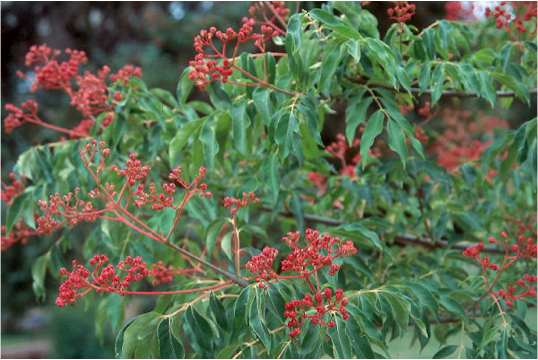
Contact: Matt Salo, Naturalist, Town of CheverlyKerrie L. Kyde, Maryland DNR Kerrie.Kyde@maryland.gov ANNAPOLIS, MD (December 01, 2016) – Invasive plants cost the U.S. economy billions of dollars each year due to losses they incur in agriculture, forestry, fisheries and the recreation industry, plus the damage they do to native ecosystems. Does genetic make-up affect a plant’s […]








